The macronutrients for cutting can be calculated by parameters such as body weight and lifestyle activity. A cutting phase can follow a general guideline such as the 40-30-30 rule (40% protein, 30% fat, 30% carbs) or take a more technical approach based on the calorie composition of various macronutrients.
What are Macronutrients
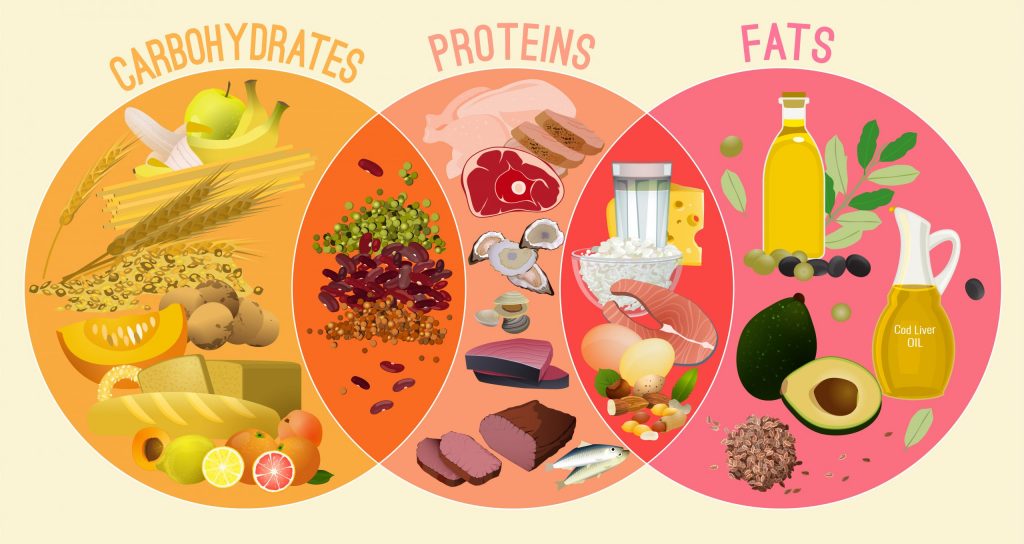
Macronutrients (macros) are major sources of energy and calories for the body. Macros are categorized into three major groups: carbohydrates, fats, and proteins. These nutrients are considered to be “macro” as they are needed by the body in large amounts, unlike micronutrients (e.g., vitamins and minerals) which are needed in small amounts.
Carbohydrates
Carbohydrates (carbs) are long-chained biomolecules primarily made up of carbon, hydrogen, and oxygen atoms. These come in the form of starches and fibers which can be found in food such as fruits, vegetables, and grains.
Carbs function as the primary source of fuel for the body. Glucose (a simple carbohydrate) is required for ATP (adenosine triphosphate) production. ATP is the primary energy currency of the body for chemical syntheses, nerve impulse travel, and muscle contraction.
Proteins
Protein serves as a building block for musculature in the body and as a macronutrient, the body breaks down protein found in meat, dairy, eggs, fish, and legumes into amino acids.
Amino acids are single molecular units that chain together to form proteins. While the body can produce most of the 20 amino acids, there are several essential amino acids that are not produced in the body and have to be obtained through diet.
Even though there are only 20 amino acids, these can form chains of different combinations to make up the thousands of proteins the body needs to function.
Fats
Fats (lipids) primarily serve as an energy store for the body. This macronutrient is stored as a long-chained biomolecule but in times of need, fats can be broken down to smaller fatty acids that can be used in the production of ATP.
In a dietary context, fats can be divided into four groups: saturated fats, trans fats, monounsaturated fats, and polyunsaturated fats.
These categories are based on their chemical structures: saturated fats do not have double bonds between their carbon molecules, monounsaturated fats have one, polyunsaturated fats have more than one, and trans fats are hydrogenated fats.
From a health perspective, there are kinds that are healthier than others. For example, unsaturated fats (either monounsaturated or polyunsaturated) are more recommended as these are healthier forms of dietary fats. These can be obtained from vegetable oils, fish oils, nuts, and seeds.
On the other hand, saturated and trans fats should be avoided. Found in fast food, butter, and tropical oils, these increase risk of heart disease.
In combination, carbs, fats, and protein make up the macronutrients needed in the body. However, in order to achieve a dietary goal such as bulking or cutting, these macronutrients must be consumed in the correct ratios.
Cutting Phase
The cutting phase is an integral phase in a Bodybuilder’s or Athlete’s fitness journey wherein weight loss is achieved while maintaining as much muscle as possible. This means that a successful cutting phase will make an individual lose weight mainly by losing visceral fat and other body fat parameters.
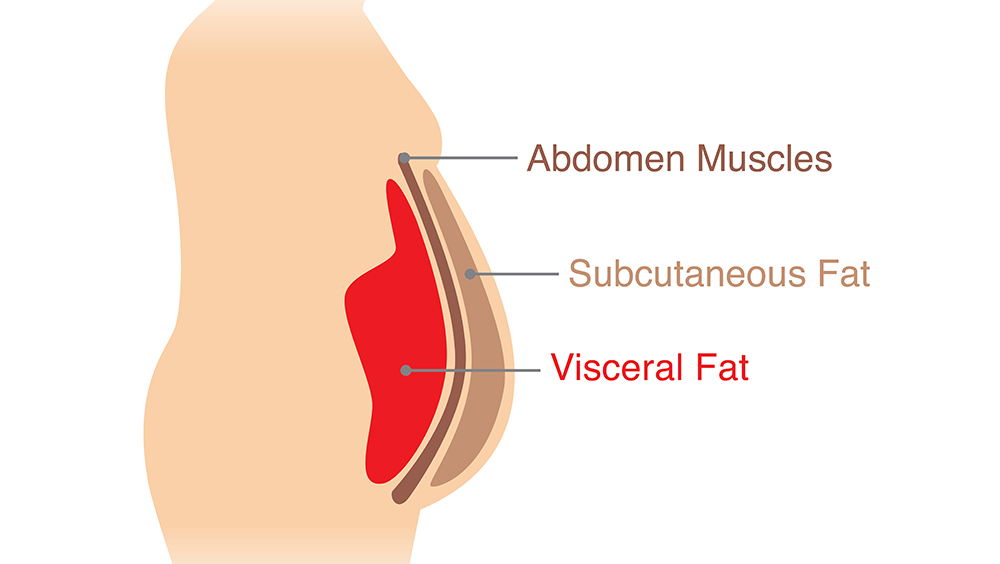
The cutting phase is important, especially for body builders because cutting helps define their muscles. The opposite of the cutting phase is the bulking phase – this is the phase wherein the goal is to gain weight (primarily muscle). However, bulking will always have weight gain associated with fat. The cutting phase will strive to reduce the fat gained through bulking while maintaining the muscle mass.
While cutting is also done in other sports, it is more pronounced in bodybuilding. Other sports can involve a short-term cutting phase prior to an event. This can range from a week to a month. However, the cutting phase takes longer for bodybuilders.
A 2013 paper published in the International Journal of Sports Physiology and Performance notes that professional bodybuilders can go through a cutting phase of more than three months.
Caloric Deficit
The calories needed for maintaining a person’s current weight or total daily energy expenditure (TDEE) can be roughly estimated based on age, sex, height, weight, and activity level.
When cutting, an individual is in a caloric deficit. Meaning, more calories need to be lost than gained. Hence why having an idea of an individual’s TDEE is important. If more calories are gained than expended, then the person is in a caloric surplus.
Macros for Cutting
A macronutrient profile is the ratio of the three macros in an individual’s diet. For cutting, the caloric goal should be slightly less than what the body needs.
The following formula can be used to estimate the number of calories needed in a day:
Simply take your weight in pounds (kilograms x 2.2) and multiply that number by 11-14. (11 – sedentary lifestyle, 12 – slightly active lifestyle, 13 – active lifestyle, 14 – intensely active lifestyle).
For example, if you weigh 180 lbs and have a slightly active lifestyle, you would need 2160 calories.
The first macro to consider is protein. Protein should be prioritized while cutting as your goal is to retain as much muscle mass while being in a caloric deficit.
An easy way to estimate how much protein should be consumed is to take your weight in pounds and turn it into grams. For example, an 150-pound person should consume 150 grams of protein per day.
The next macronutrient to be considered is fats. Contrary to popular media, fat is actually healthy and needed by the body – but it has to be the right kind of fat. The amount of fat to be included in the diet is not as precise as protein and can vary, from around 0.3-0.6 grams of fat per pound of bodyweight.
Lastly, the amount of carbs to be consumed should be whatever is left on a calorie-basis. The amount of protein and fat that an individual consumes needs to be converted into calories.
- There are four calories per gram of protein.
- There are nine calories per gram of fat.
- There are four calories per gram of carbohydrate.
Simply calculate the calories for both and subtract the value from the total calorie goal. The value is then divided by four to determine the amount of carbs to consume.
To illustrate:
We know an 180 lb male with slightly active lifestyle requires 2160 calories per day.
An 180 lb male requires 180 grams of protein. There are 4 calories per gram of protein. Meaning, 180 grams of protein is 720 calories.
From the above we know individuals should consume 0.3-0.6 grams of healthy fats per pound (assume 0.3 grams per lb). Meaning, an 180 lb person should consume 54 grams (0.3*180) of fat. There are nine calories in 1 gram of fat. Meaning, 54 grams of fat is 486 calories.
Our total is now 1206 calories from proteins and fats out of the allotted 2160. There are four calories per gram of carbohydrate. Our remainder is 954 calories or 238.5 grams of carbohydrates.
The ratio above is roughly: 33.3% Protein, 22.5 % Fat, and 44.2% Carbohydrates.
While the above is a more scientific approach, generalized macronutrient profiles have also worked for people. For instance, the 40-40-20 rule (40% protein, 40% carbs, 20% fat) and the 40-30-30 rule (40% protein, 30% fat, 30% carbs).
Men vs Women
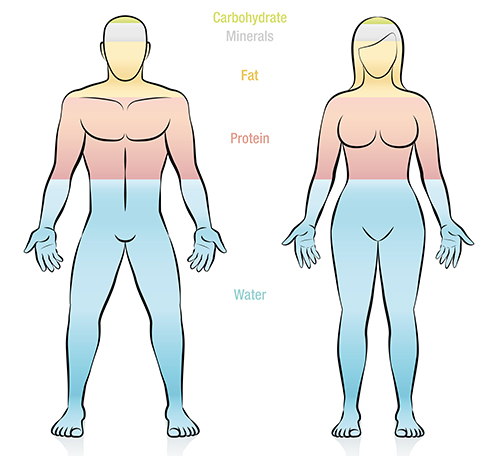
Regarding the macros needed for cutting, there is no significant differences between the macronutrient profile between men and women. However, there are slight differences that should be considered when sex is involved.
Women’s bodies handle fat more efficiently than men. This means that the macronutrients for a woman can have a little more fat than the profile of a man. Since the amount of protein has to stay the same, a little more fat in the profile means the amount of carbohydrate should lessen accordingly.
Final Thoughts
The macros for cutting for men and women are generally similar, with very slight differences based on the natural biology of the two. Aside from the difference in fat utilization, the macros for cutting are essentially the same and the profile for cutting can highly depend on the individual.
References



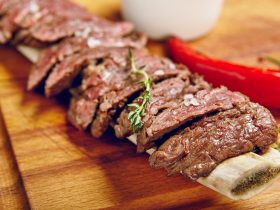
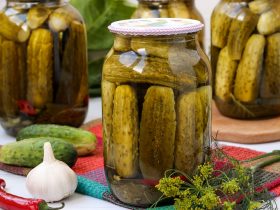
Hi, I'm Dom
Dom Eats was started to help other people fall in love with food. While cooking can feel intimidating, it doesn't have to be.